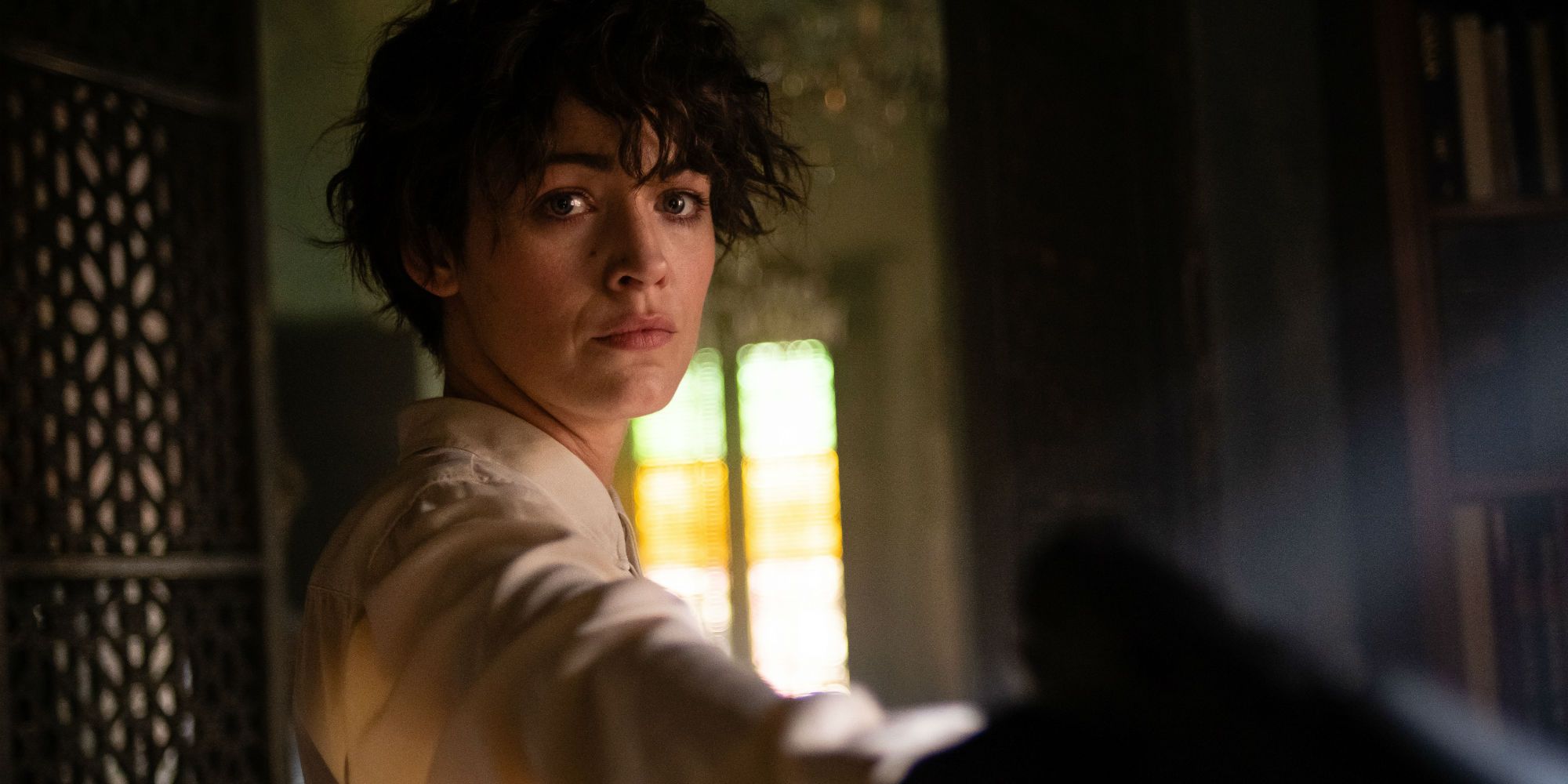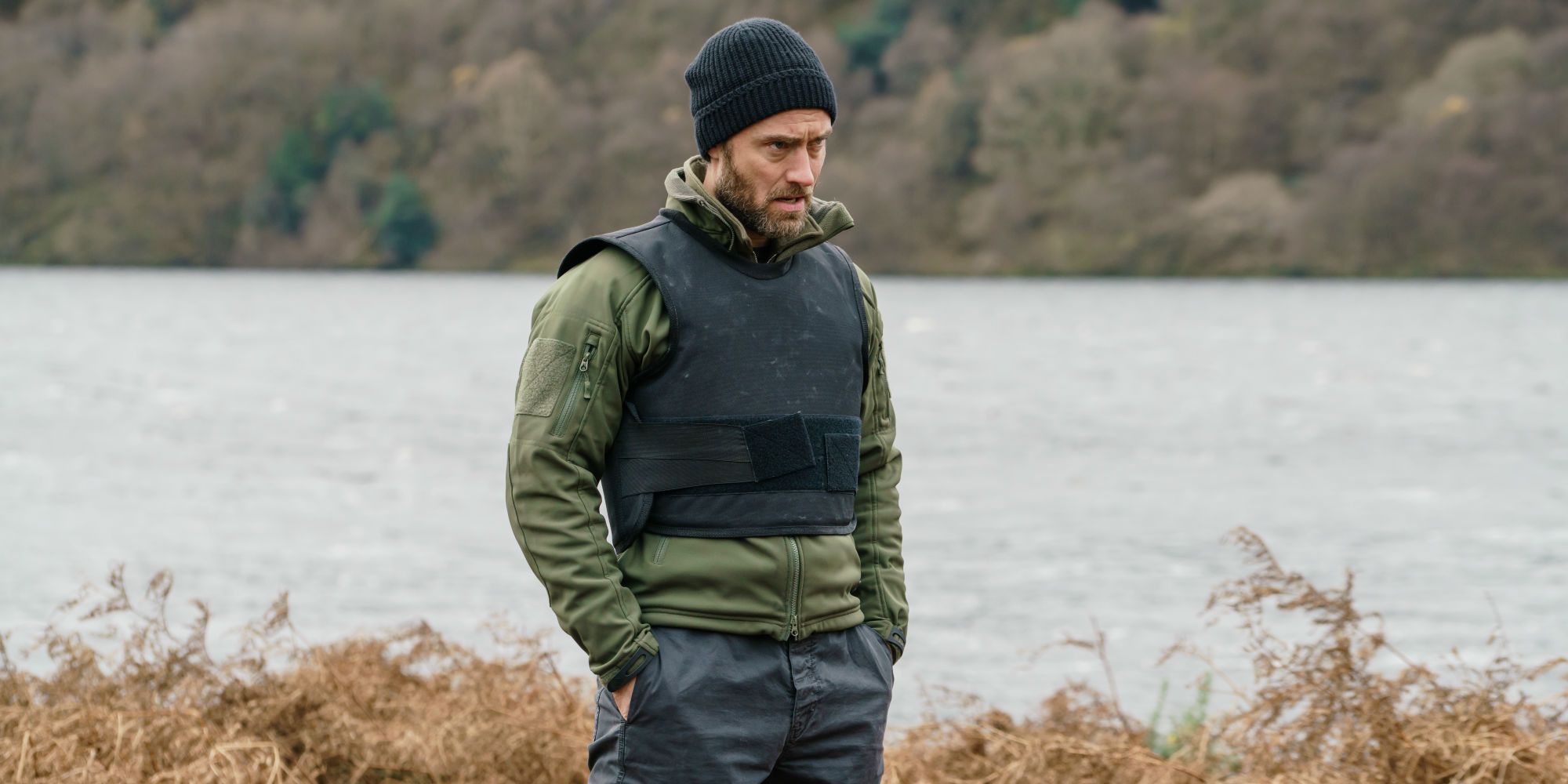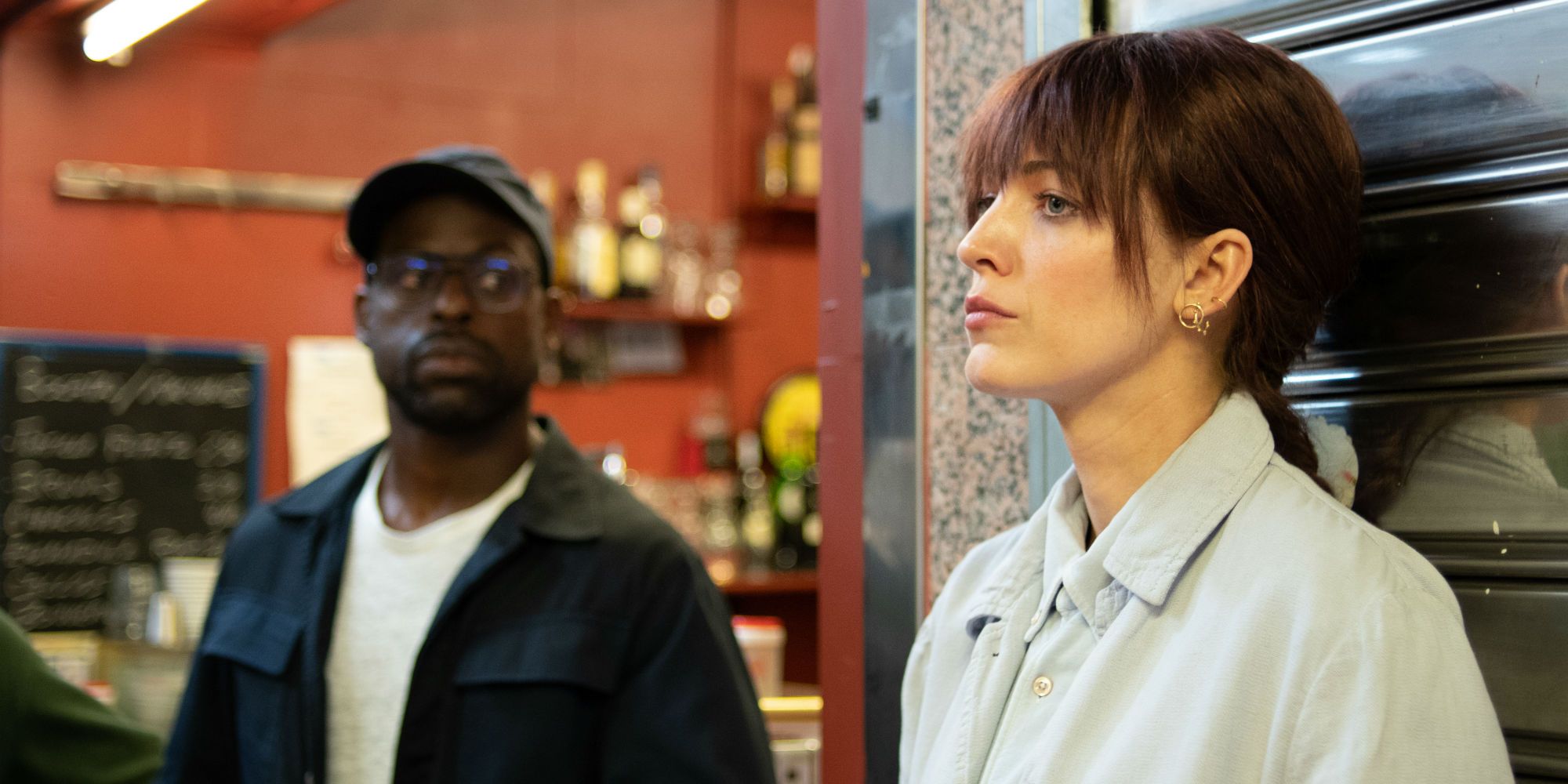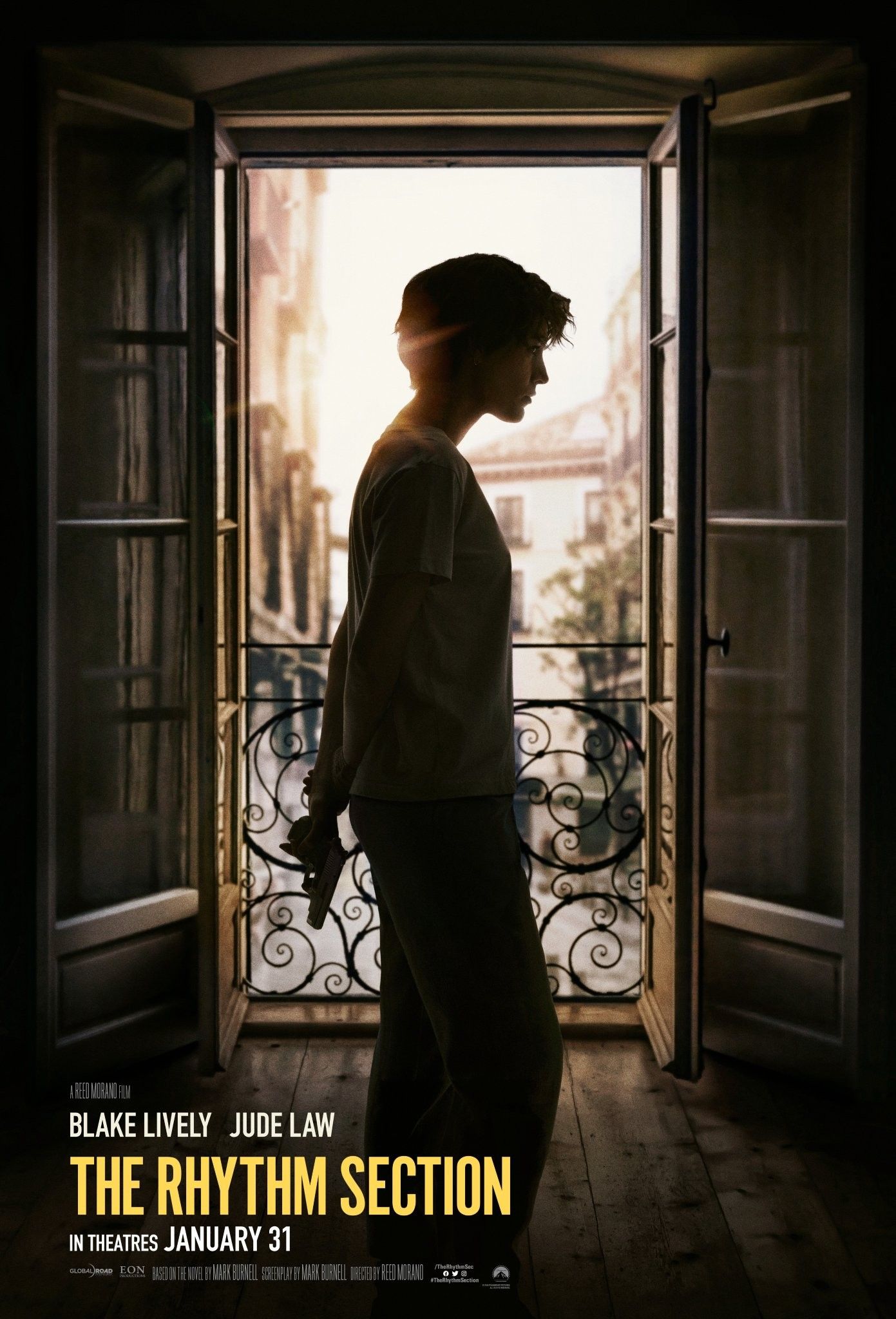Based on the mystery thriller novel of the same name, The Rhythm Section tells the story of a young woman brought low by the death of her family, who, when given the chance to get revenge against those responsible, will do almost anything to make them pay. Mark Burnell's novel introduced the character of Stephanie Patrick - and he returns to pen the script for the film adaptation - who would go on to be the central character of three more books. As such, it seems the movie is poised to potentially launch a new secret agent-style film series, as The Rhythm Section is essentially Stephanie's origin story, exploring how she gains the skills of an assassin and uses them to complete her mission. The Rhythm Section is wonderfully acted by Blake Lively and immersively directed by Reed Morano, creating a tense and mostly engaging thriller.
The Rhythm Section picks up three years after the plane crash that killed Stephanie Patrick's (Lively) whole family, with the former Oxford student living as a sex worker and using drugs to numb the emotional pain. However, when journalist Keith Proctor (Raza Jaffrey) finds Stephanie and tells her the crash wasn't an accident like the public believed, it was caused by terrorists, she becomes determined to hunt down the people responsible for killing her family. Her journey takes her to former MI6 agent Iain Boyd (Jude Law), who reluctantly teaches Stephanie how to shoot and fight, helping her navigate the world of international espionage. But, when things go wrong while fulfilling a contract for intelligence broker Marc Serra (Sterling K. Brown), Stephanie will be forced to reevaluate exactly what lengths she's willing to go to in order to avenge her family.
Although The Rhythm Section seems set up to be another spy-focused action thriller akin to James Bond or Atomic Blonde, Burnell's story is much less focused on politics, plot, and action, instead focusing on Stephanie's emotional journey. Where another movie might dig deeper into the terrorism of the plane crash, Stephanie only cares about learning who had a hand in killing her family, so that's all the movie cares about. Similarly, The Rhythm Section doesn't spend much time on big action spectacle, rather going for more grounded fight sequences or, in one instance, a particularly claustrophobic car chase that's shot entirely from within the car Stephanie drives. All of this is to ensure Stephanie and her character arc remain the central focus of the film, which helps The Rhythm Section to stand out from other spy thrillers.
But ultimately what makes The Rhythm Section work are Morano's directing and Lively's performance. Morano uses closeups and handheld camera techniques to make the audience feel as if they're either in Stephanie's shoes, or standing right next to her and experiencing everything along with her. From the very first sequence, which depicts a still grieving Stephanie intercut with videos of her family seemingly shot on a cellphone camera (because that's exactly what they are, the video remnants of Stephanie's family she saves on her phone), Morano makes it clear The Rhythm Section is about getting into Stephanie's head and staying there throughout the entire duration of the film. This effect is, perhaps, taken too far at times, with Morano using an excessive amount of shaky cam that becomes frustratingly disorienting at times in a way that betrays the visual thesis of the film - because it's only the viewer that's disoriented in these moments, not Stephanie. Still, Morano's directing style makes The Rhythm Section immersive and claustrophobic in a way that may be uncomfortable, but only because it's taking viewers out of their comfort zone.
In addition to Morano's skillful directing, Lively turns in a mesmerizing performance, showcasing every emotional step of Stephanie's journey as she pulls herself out of her grief and trains to become the weapon she needs to be in order to avenge her family. Lively's performance is the foundation of The Rhythm Section, without which the movie wouldn't work nearly as well. Since Morano's shots often focus solely on Lively's face, not on what's going on around the actress, it could very easily go wrong - but Lively makes it look easy, slipping seamlessly into Stephanie and allowing the viewer to become just as immersed in this character's world as Morano wants the viewers to be. In The Rhythm Section, Lively is supported by Law and Brown, with whom she works well. Lively's Stephanie and Law's Boyd are an especially compelling pair as they often butt heads in entertaining ways. Brown, however, gets much less to work with and is serviceable enough to the story and charming enough in his own right. Altogether, though, it's Lively who holds the film together.
Ultimately, The Rhythm Section provides a uniquely immersive thriller focused on character over action. While that may be disappointing for viewers looking for fun action spectacle, it does offer a compelling character drama and much more grounded action set pieces than audiences are perhaps used to. The Rhythm Section isn't a typical franchise-starter, but those who become invested in Lively's performance as Stephanie will no doubt be eager to see more of the character, especially since this movie operates as her origin story (and origin stories are a little overplayed in Hollywood). A January release may allow The Rhythm Section to stand out amid its competition, but the film's success will ultimately depend on whether Lively's performance and Morano's directing strikes a chord with viewers - which it does.
The Rhythm Section is now playing in U.S. theaters. It is 109 minutes long and rated R for violence, sexual content, language throughout and some drug use.
Let us know what you thought of the film in the comments section!




